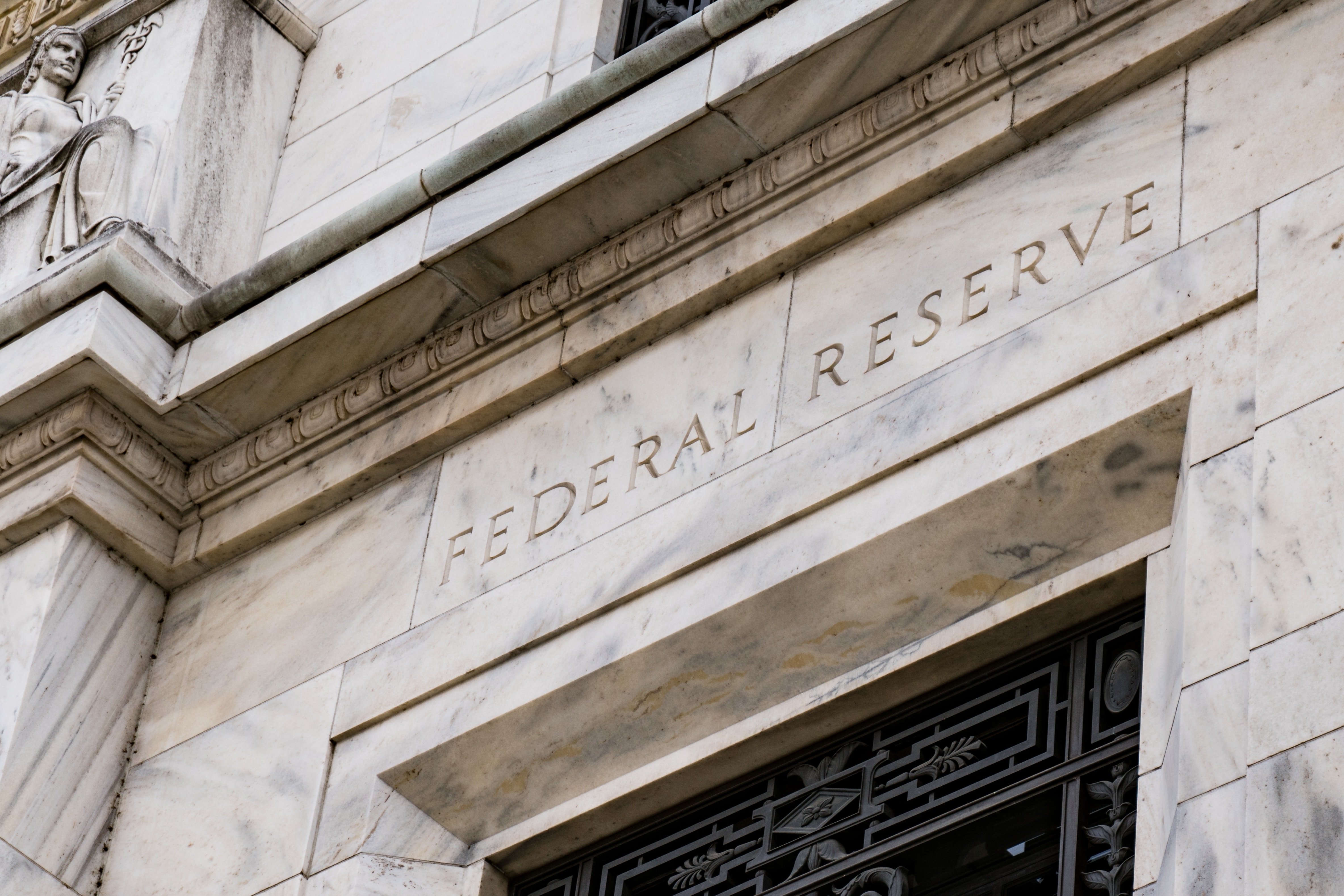What a difference a week makes. Federal Reserve chair Jerome Powell’s hawkish statements last week seem a distant memory following the Silicon Valley Bank (SVB) crisis. The question now is whether the central bank will hike rates at all.
The collapse of the 18th largest US bank on 10 March sent shockwaves through markets with ETFs offering exposure to financials, cryptocurrencies and private equity all suffering in the wake of the crisis.
However, over the weekend, the US Treasury, Federal Deposit Insurance Corporate (FDIC) and Federal Reserve took “decisive action” to stem the risk of contagion by guaranteeing the deposits of SVB and Signature Bank.
SVB’s fall came just days after Powell delivered a series of hawkish statements warning the Fed will have to hike rates at a faster pace than market expectations in response to recent inflation and jobs data.
At the Senate Banking Committee, Powell said: “The latest economic data have come in stronger than expected, which suggests that the ultimate level of interest rates is likely to be higher than previously anticipated.”
This left markets wondering whether the Fed will hike rates by 50 basis points (bps) at its next meeting later this month, a theory that was given a 55.7% chance of happening, according to the CME FedWatch Tool.
Since the SVB saga, however, this has shifted dramatically with markets now pricing in a 22.5% chance the US central bank will not hike rates at all.
The reason for this, Tiffany Wilding, US economist at PIMCO, said, is because SVB’s failure will likely lead to a tightening of financial conditions as banks become more risk averse which leads to a slowdown in lending growth.
“This means the Fed needs to do less of the heavy lifting to get to the same outcome – tight financial conditions are slowing credit creation and will eventually slow inflation,” Wilding continued.
“As a result, the question is not whether the Fed hikes 25bps or 50bps at the March meeting but rather it is: ‘is the Fed’s rate-hiking cycle over’?”
Furthermore, the Consumer Price Index (CPI) in the US fell to 6% in February, the Bureau of Labor Statistics announced on Tuesday, in line with analyst forecasts and putting inflation back on track after the higher-than-expected print in January.
In response to the print, Richard Carter, head of fixed interest research at Quilter Cheviot, said: “Inflation will continue to be key driver of decision making for the Fed but events of recent days are beginning to weigh on market sentiment and there are risks that, under the bonnet, the US economy is under strain.”
The Fed has been plunged into an even tougher spot by SVB’s collapse. Moving too quickly by hiking rates and withdrawing liquidity from the system could lead to further systemic risk.
In this environment, short-duration US Treasury yields have collapsed with the two-year falling 100 basis points in the three days to Friday, its fastest three-day decline since Black Monday in 1987, according to CNBC.
Investors have also eyed the shorter end of the US Treasury yield curve over the past week following Powell’s hawkish statements. According to data from ETFLogic, the Vanguard U.S. Treasury 0-1 Year Bond UCITS ETF (VDST) and the iShares $ Treasury Bond 1-3yr UCITS ETF (IBTS) have both seen $158m inflows each over the past week, as at 14 March.
All eyes turn to the Federal Open Market Committee (FOMC) meeting on 21 March where the central bank will look to decipher how impactful a 25bps hike would be to the economy in the wake of SVB.
As PIMCO’s Wilding said: “It is possible that government officials’ response to the bank failures will smooth financial stability risks enough for the Fed to hike again next week. However, with policy already restrictive, credit growth likely to slow, and a potential recession looming, the frog may already have boiled.”




